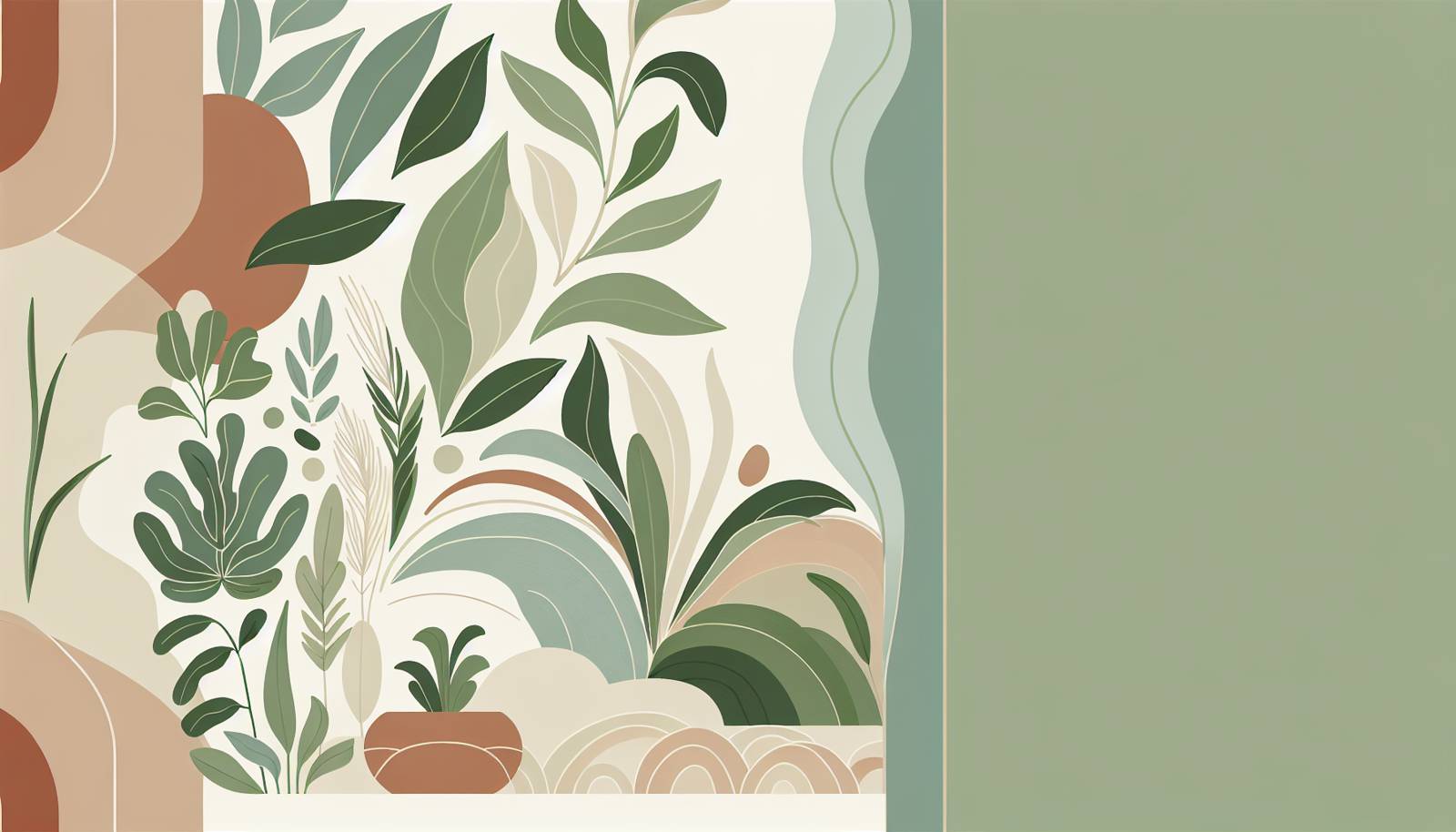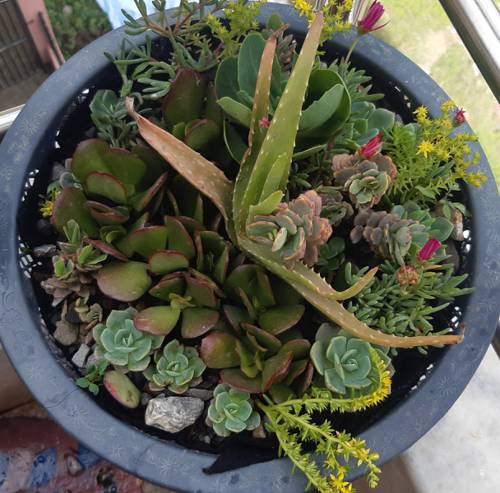
FAQ About Perennial Indoor Plant Gardening

What are perennial indoor plants?
Perennial indoor plants are plants that can live for more than two years and continuously grow indoors. Unlike annuals, which complete their life cycle in one season, perennials grow back every year, making them ideal candidates for indoor gardening enthusiasts seeking long-term greenery.

What are the benefits of growing perennial plants indoors?
Growing perennial plants indoors offers several benefits including year-round greenery, improved air quality, and the ability to enjoy a natural aesthetic indoors. Perennials often require less replanting compared to annuals, making them more sustainable for long-term indoor gardening projects.

Which perennial plants are best suited for indoor gardening?
Some of the best perennial plants for indoor gardening include the Peace Lily, Snake Plant, Aloe Vera, and Pothos. These plants are well-known for their hardiness, low maintenance requirements, and ability to thrive under a variety of indoor conditions.

How much light do perennial indoor plants need?
Most perennial indoor plants require indirect or moderate light to thrive. It's important to know the specific requirements of each plant, as some may prefer bright, filtered light while others, like the Snake Plant, can tolerate lower light conditions. Placing plants near windows or using grow lights can help meet their lighting needs.

What type of soil is best for indoor perennial plants?
The best soil for indoor perennial plants is typically a well-draining potting mix. Depending on the needs of the specific plant, amendments such as perlite or vermiculite can be added to improve aeration and drainage. Specialized potting mixes are available that cater to the requirements of various perennial species.

How often should I water my perennial indoor plants?
Watering frequency for perennial indoor plants depends on several factors, including the type of plant, the pot size, the season, and the indoor climate. A general rule is to allow the top inch of the soil to dry out before watering again. Over-watering can lead to root rot, so it's important to adjust based on each plant's needs.

What are some common issues with perennial indoor plants?
Common issues with perennial indoor plants include over-watering, insufficient light, pest infestations, and incorrect soil that does not drain well. Regular monitoring and proper care can help mitigate these issues. It's also beneficial to research the specific requirements of each plant to prevent common problems.

Can perennial indoor plants improve indoor air quality?
Yes, many perennial indoor plants, such as Spider Plants and Peace Lilies, are known for their air-purifying properties. They can remove toxins like formaldehyde and benzene from the air, contributing to healthier indoor environments.

How do I care for perennial indoor plants during winter?
During winter, perennial indoor plants may require less frequent watering, as lower temperatures and shorter days slow down their growth. It's essential to keep them away from drafts and heaters, and to provide adequate light, possibly supplementing with grow lamps. Monitoring humidity levels can also be crucial since indoor air tends to be drier in winter.

Is it necessary to fertilize perennial indoor plants?
Fertilizing perennial indoor plants is essential for their health and growth. During the growing seasons of spring and summer, it's advised to apply a balanced, water-soluble fertilizer every month. Be cautious not to over-fertilize, as this can harm the plants.

How can I prevent pests on my perennial indoor plants?
To prevent pests on perennial indoor plants, maintain proper hygiene by regularly removing dead leaves and debris. Inspect your plants routinely for signs of pests, and consider using insecticidal soaps or neem oil as a natural deterrent. Ensuring good air circulation and not over-watering can also deter pest infestations.

What are the signs of overwatering perennial indoor plants?
Signs of overwatering in perennial indoor plants include yellowing leaves, wilting despite wet soil, root rot, and mold on the surface of the soil. Adjust your watering schedule and ensure proper drainage to mitigate overwatering issues.

What is the lifespan of perennial indoor plants?
The lifespan of perennial indoor plants can vary widely depending on the species, but many can live for several years to decades with proper care. Regular maintenance, including repotting and pruning, can extend their lifespan significantly.

Can I propagate my perennial indoor plants?
Yes, many perennial indoor plants can be propagated through methods such as cuttings, division, or layering. Propagation allows you to create new plants from existing ones, expanding your indoor garden without additional costs.

How do I choose the right pot for my perennial indoor plants?
Choosing the right pot for perennial indoor plants involves selecting a container with proper drainage holes and a size that accommodates the plant’s root system. Material selection, whether ceramic, plastic, or terra cotta, can also impact moisture retention and plant health.

What is the best way to prune perennial indoor plants?
Pruning perennial indoor plants should be done routinely to remove dead or damaged leaves and encourage healthy growth. Use clean, sharp scissors or pruners, and make cuts at a 45-degree angle above leaf nodes or buds to promote regrowth. Pruning can also help control plant size and shape.

How should I clean the leaves of perennial indoor plants?
To clean the leaves of perennial indoor plants, gently wipe them with a damp cloth to remove dust and debris. This not only improves the appearance of the plant but also enhances its ability to photosynthesize effectively. Avoid using chemical cleaners which can damage the leaves.

Can perennial indoor plants survive without natural light?
While natural light is ideal, many perennial indoor plants can survive with artificial light sources. Investing in full-spectrum grow lights that mimic natural sunlight can provide the necessary light for plants to thrive indoors in low-light conditions.

What should I do if my perennial indoor plant is not flowering?
If a perennial indoor plant is not flowering, assess factors such as light levels, nutrient availability, and watering routines. Some perennials have specific light and temperature requirements to bloom. Adjusting these elements and ensuring the plant has sufficient space and nutrients can encourage flowering.

How often should I repot perennial indoor plants?
Perennial indoor plants typically need repotting every 1-2 years, or when their roots outgrow their current container. Signs that a plant needs repotting include roots growing out of drainage holes, slow growth, and a lack of new foliage. Repotting provides fresh nutrients and room for further growth.
